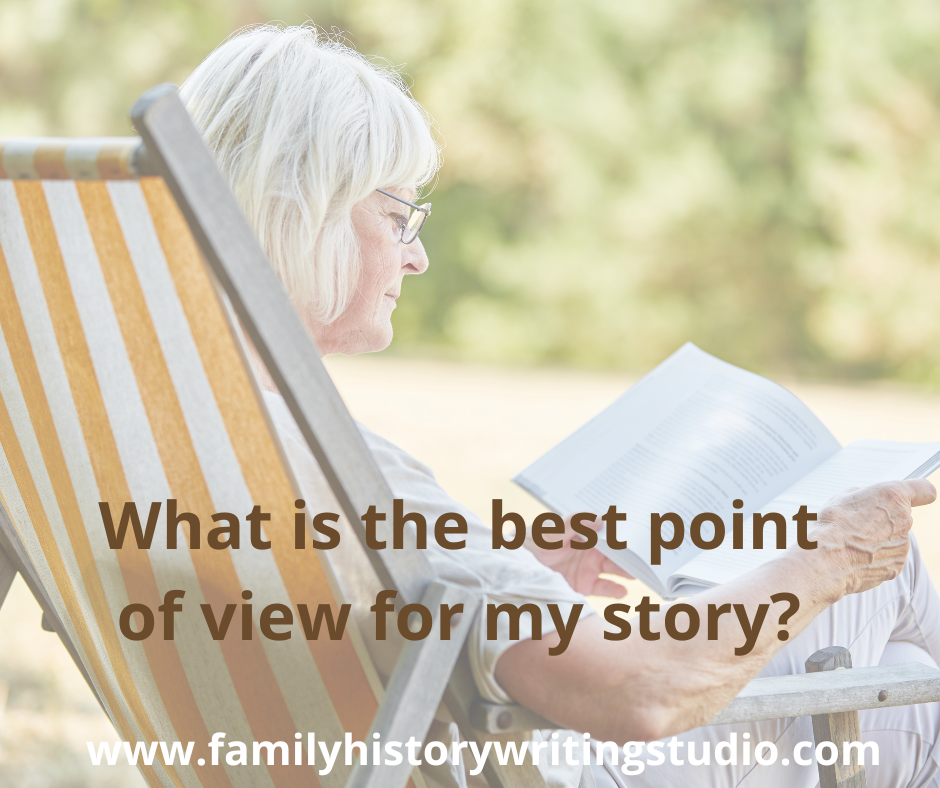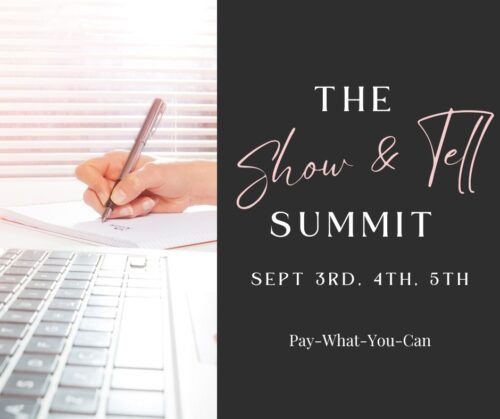Capturing your family history through scenes can be a powerful and magical way to retell the events of our ancestors’ lives. With the help of scenes, you can bring more life to your story and make it even more meaningful. Scenes are the best place to start when making that leap from a factual analytical writer to a more creative storyteller. In today’s video we discuss how scenes can transform your stories.
What is a Scene and How It’s Magic to Family History Stories?
3 thought on “What is a Scene and How It’s Magic to Family History Stories?”
Comments are closed.
Related Post
How to Really Understand Showing and TellingHow to Really Understand Showing and Telling
Show, Don’t Tell you’ve heard it from me, perhaps other writing teachers, in books and on blogs across the internet. But what does it really mean? In today’s Storylines, we look at the difference between showing and telling, along with where to use it in your stories. We’ll also tell you all about the upcoming Show & Tell Summit and how it is going to answer all your questions.

What is the best point of view for my family history story?What is the best point of view for my family history story?
Today, let’s delve into an important topic that will truly elevate your storytelling skills – point of view. Discover the point of view that is most suited to writing family history stories and learn all about its superpowers. Join us for this enlightening lesson and unlock the secrets of creating multi-dimensional masterpieces.

Thank you. My writing aims are in sync with your message.
I might be interested in knowing more about one of your retreats, especially the one in Ontario. I have ancestry roots there.
Lynn,
When I hear your ideas and encouragement in these videos I can feel my creative juices begin to percolate. It’s like the seeds you plant with words have begun to swell. Soon the swollen seeds will burst and take root with the newly added fertilizer you have provided for my mind. Thanks for producing these little videos and making them available.
Thank you, some very interesting points. I hope to find a retreat. after I get a passport.